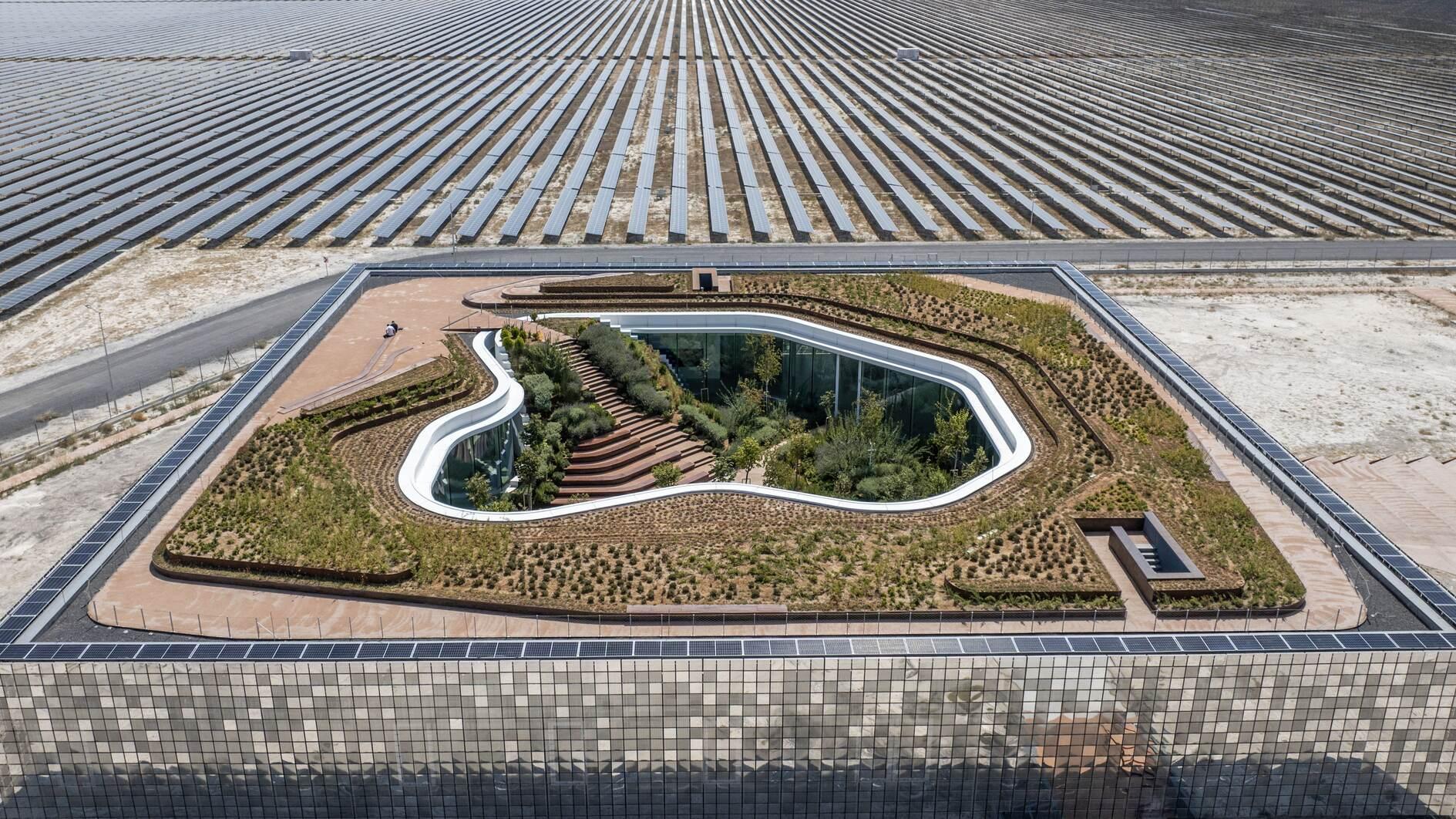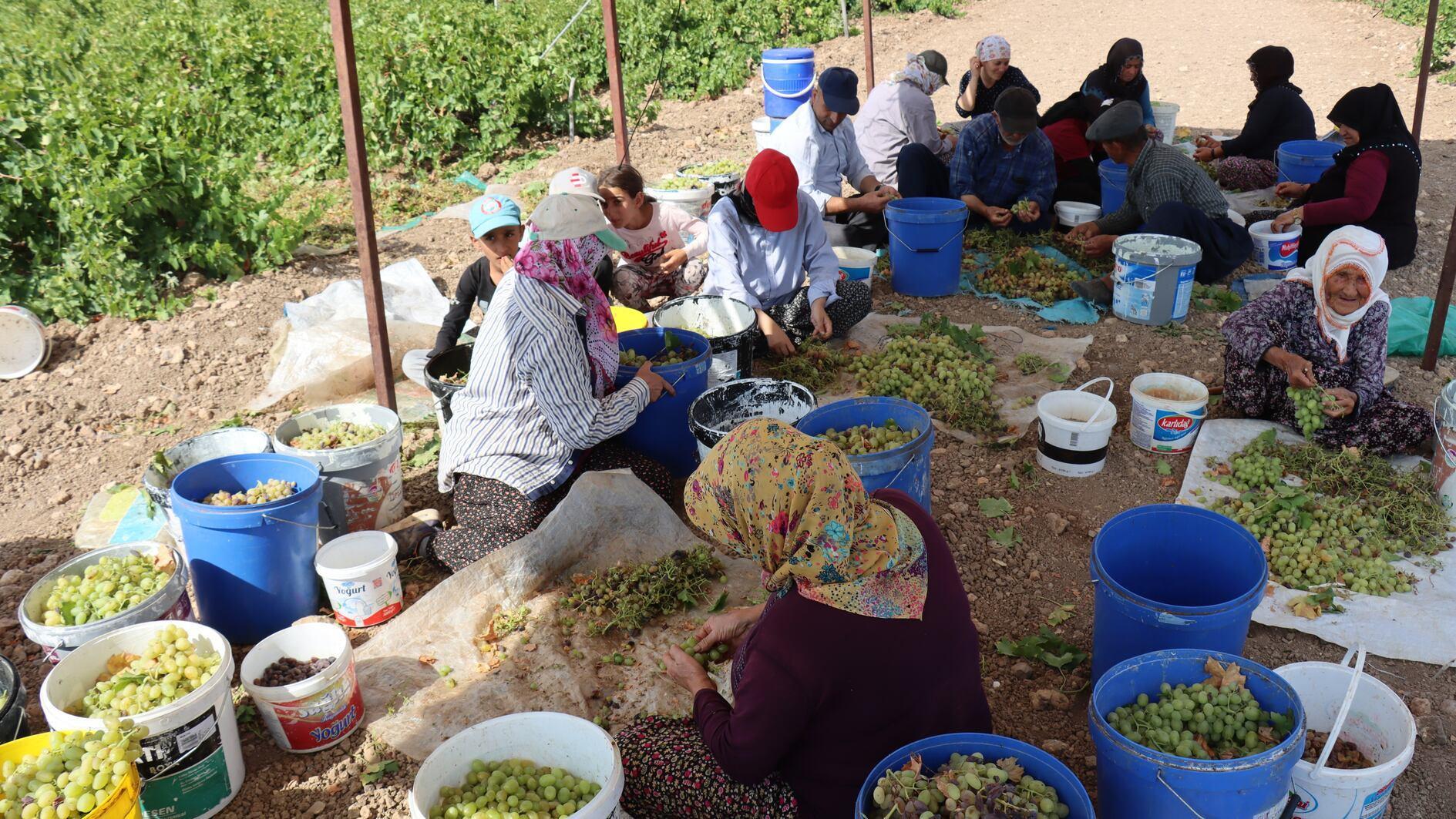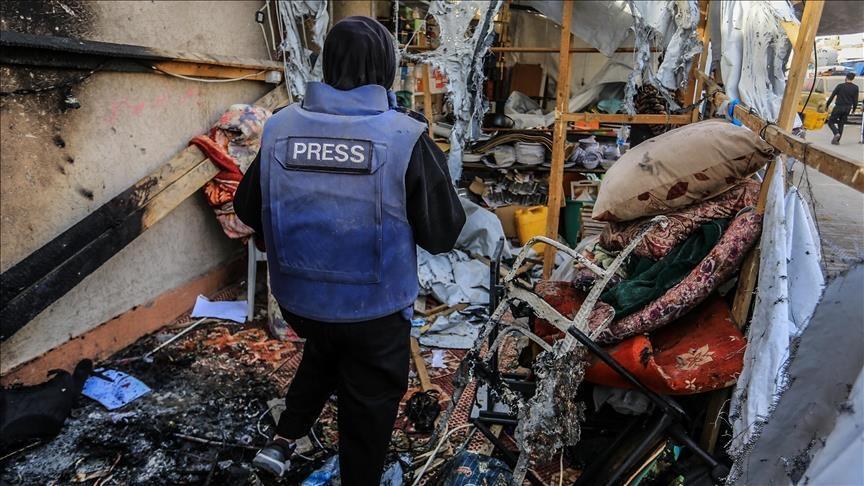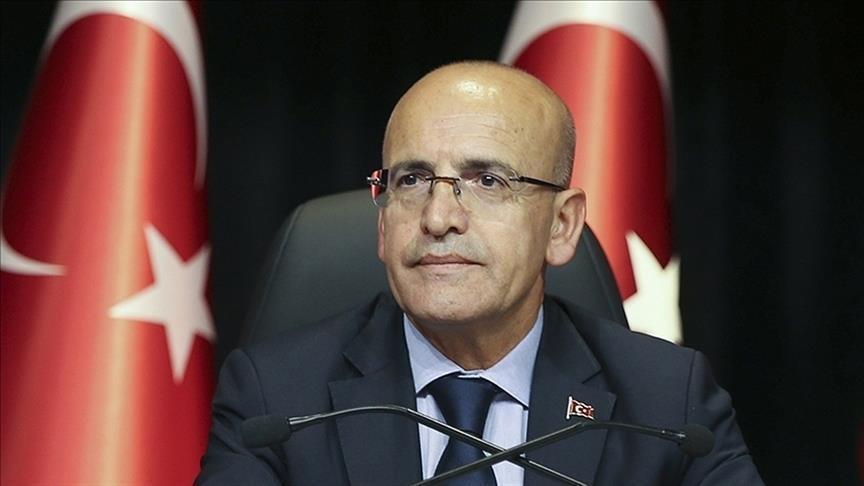The Siemens way
You have to look out of your box to see where the rest of the world is really at. When we are confined alone in Turkey, where we are still fighting for freedom of speech at the basic level, we lose sight of what science and technology offers to mankind on a greater scale. I have been writing about it for many years and I will repeat it once more: without freedom of speech, without free thinking, without coloration, there can be no scientific or technological advancement. We are not living in the World War II era, when Nazis forced scientists to produce militaristic advancements. Today, information and knowledge is scattered all around the world and we are quite unlucky that the countries that our government has chosen to side with are usually not the most scientific or technologically advanced countries.
Furthermore, our largest corporations tend to invest in the construction industry rather than research and development (R&D) because they can find better deals thanks to the current government’s bias toward the real estate business.
This is why the U.S. has 167 global brands, whereas Turkey has zero global brands. Germany ranks in the middle with 31, and Siemens is one of them.
The Siemens model can be a blueprint for Turkish companies. They were founded in 1847 and were already in Turkey by 1856. Therefore, it is safe to say that Siemens knows how Turkey works better than any other global brand. I believe that since they keep on investing in Turkey, they must believe that Turkey can be one of the leaders of technological advancement.
Each day they apply innovative ideas gathered from their workforce and each year Siemens celebrates innovation with an award. Siemens has been presenting the “Inventors of the Year” award annually since 1995 to honor the organization’s outstanding researchers and developers whose inventions make major contributions to the company’s success.
These little incentives create a unique culture, which is why they have been so good at surviving whatever turmoil there is around the globe for more than a century. Twelve Siemens researchers and developers were honored as Inventors of the Year 2014 in Munich on Dec. 3, 2104. They came from Germany, the U.S., Denmark and China, and together they have accounted for more than 900 inventions and 842 individual patents. In the 2014 fiscal year, Siemens filed 4,300 patent applications, an increase of 9 percent over the previous year. In addition, the company intends to boost R&D investment by around 400 million euros. In the 2014 fiscal year, R&D expenditures totaled roughly 4 billion euros.
One of the inventors is Uffe Eriksen, who found a way to build better cooling systems for wind turbines. Eriksen sees himself as a team player. “Inventions are not created in isolation behind closed doors,” says the engineer. “It is important to me to work with colleagues I can exchange ideas with.”
That is the benefit of working at Siemens, believes Erikson. “There are a lot of very knowledgeable people here with whom I can discuss things and they have very good simulation tools and skills,” he said. And it seems to be working – Erikson has registered a total of 30 inventions that are protected by 50 individual patents in 25 IPR families.
An individual can only have such a huge impact if they are fostered in an innovation-nurturing atmosphere. If we can learn this from Siemens and apply it to Turkish companies, than we can have global brands too. It is obvious that the intimidation of youth, journalists and the creative class doesn’t work. So I beg the authorities to try something else.











